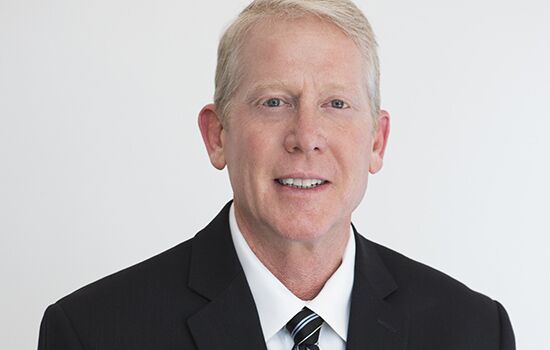ChinaTravelNews, Ritesh Gupta – Imagine a scenario where a passenger puts in a request for a seat change via a call. When the same passenger reaches the airport, there is no acknowledgement of the request at the check-in counter and rather one has to explain the entire request. This can be frustrating.
This means there are certain questions that airlines need to answer:
1. Can there be a sum of all interactions?
2. Can there be one relevant dashboard, including one for the offline staff serving the passengers, to take apt decisions?
3. How to respond to a query or a service request in real-time or in a seamless manner?
Personalization at scale requires assiduous preparation, and airlines need to overcome both generic as well as industry-specific issues to excel in this arena.
Working out an internal communications plan, cross-team KPIs that align well etc. to making the most of airline-specific transactional systems in order to recognise a traveller at any stage of the journey calls for judicious planning. So, for instance, a traveller had finalised a ground transportation option at the time of booking a flight on airline.com, but didn’t convert. Can the airline take this forward on the day of travel, say via their staff at the airport? How can the screen (say at the check-in counter or the boarding gate) share relevant, contextual information about the passenger?
Blair Koch, Datalex’s CTO and President USA says airlines need to capture all the interactions, encompassing offline and online touchpoints, and then a value-oriented score (or possibly travel preferences, likes or dislikes related to the journey) can result in a meaningful interaction.

Blair Koch, Datalex’s CTO and President USA
Preparation
For this airlines need to unify data from a wide range of sources, encompassing marketing, sales and service channels to enable customer modeling.
Also, key areas need to be evaluated - what data needs to be collected from each touchpoint, what system will be involved at each touchpoint, where the data will be stored at that touchpoint, and who will be the owner of that data once is collected.
“Airlines should start with data they have – whether they are loyal customers or not – from their own channels. Then over a period of time they can see how to work with 3rd party channels,” said Koch.
Once an organization can put it together, then they have the ability to figure out what they want to do with it. Right from basics pertaining to the collection of data, analysing it and operationalizing the same (the problem of siloed data sources, acting on behavioural real-time data coming from touchpoints, offering a relevant dashboard to respective departments etc.) to finalising a customer data platform, content architecture to support personalization etc. needs to be planned.
“Analytics can be applied (to data), evaluate derived attributes for personalization throughout the journey,” mentioned Koch.
Other than collecting data, organisations also need to gear up for decision making algorithms to handle increased complexity. Eventually, one would end up working out a key hub for business decisions to be made at scale. This should also encompass a dashboard for the airline staff to complement the interactions in the offline mode.




